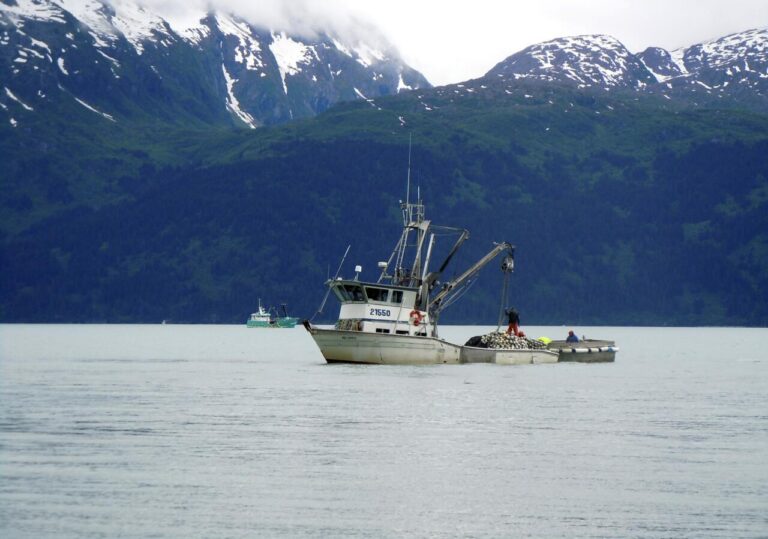Fear rules the inhabitants of the sea
Every evening, as darkness descends upon the sea, millions of fish, crustaceans, and octopuses leave the ocean depths and rise to the surface, and when dawn comes, they return down into darkness. This is the largest known migration in the animal world. The cause, according to a new study, is fear of sharks, dolphins and other predators that hunt with the help of sight.

In addition to sharks and dolphins, tuna, porpoises, killer whales and many seabirds also hunt mainly up at the sea surface where they can see their prey during the daylight hours.
It has been speculated from time to time that this may be the reason why so many of the ocean’s inhabitants move vertically up and down every day. But no one has known for sure and a number of other hypotheses have also been thrown forward over the years.
In the new study, published in Current Biology, researchers at the Monterey Bay Aquarium in California, among others, have for a year used sonar and hydrophones to intercept and record the movements of a number of animals down to a depth of 900 meters in the waters off the Californian coast. Above all, it was noted how the different animals reacted to each other’s presence.
The ecology of fear
It soon became apparent that many fish and octopuses were doing their utmost to avoid the predators. Various toothed whales, such as dolphins, provoked strong escape reactions in anchovies and other smaller schooling fish.
The prey needs to move up to the surface regularly because the surface waters are much more nutritious than the ocean depths, but the many predators up there make the stay dangerous. Fortunately, it is possible to avoid them in the dark, when the sun has set.
The vertical migration every day is a result of this. The researchers talk about the “ecology of fear” because the fear of the predators tends to give the entire ecosystem of the ocean a special structure.

Are more vulnerable
The smallest prey animals begin to rise to the surface about 20 minutes before sunset, while the slightly larger species started later, about 80 minutes after the sun sets – logical given that they are more easily visible and are reasonably more exposed.
The ability to move quickly is also crucial. The ten-armed octopuses, which are the fastest swimmers, rise upwards first of all, followed by the fish, and then the crustaceans.
The presence of some predators can sometimes interrupt migration. Risso’s dolphin (Grampus griseus), an important octopus hunter, can, if the species is found in the neighborhood, completely change the movements of octopuses. The latter would rather stay down in the dark than take the risk of being dolphin fed, and completely refrain from foraging themselves some nights.
The impact of dolphins and sharks on their prey is one of several examples of what scientists call the ecology of fear, a relatively new concept that describes the indirect effects of predator predation. Such effects have also been noted in many ecosystems on land, for example in Yellowstone National Park in the western United States where wapiti deer and other herbivores changed their behavior and were forced to avoid certain environments when their worst enemies, the wolves, came back to the area after a long absence of 70 years .
Source: Monterey Bay Aquarium Research Institute.

